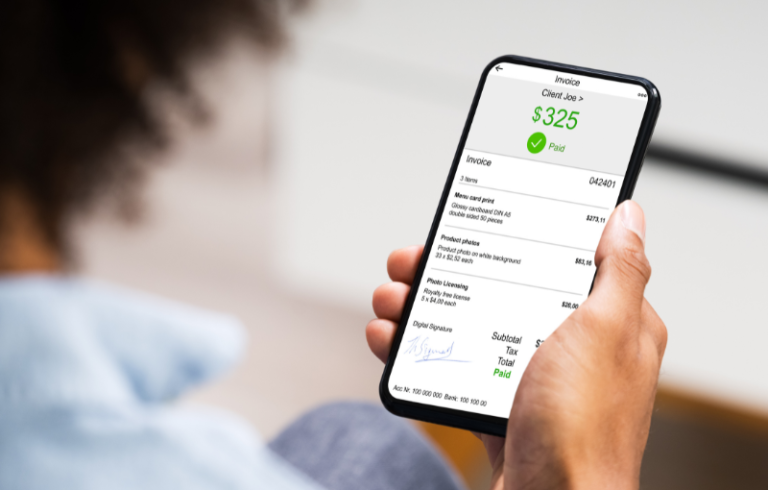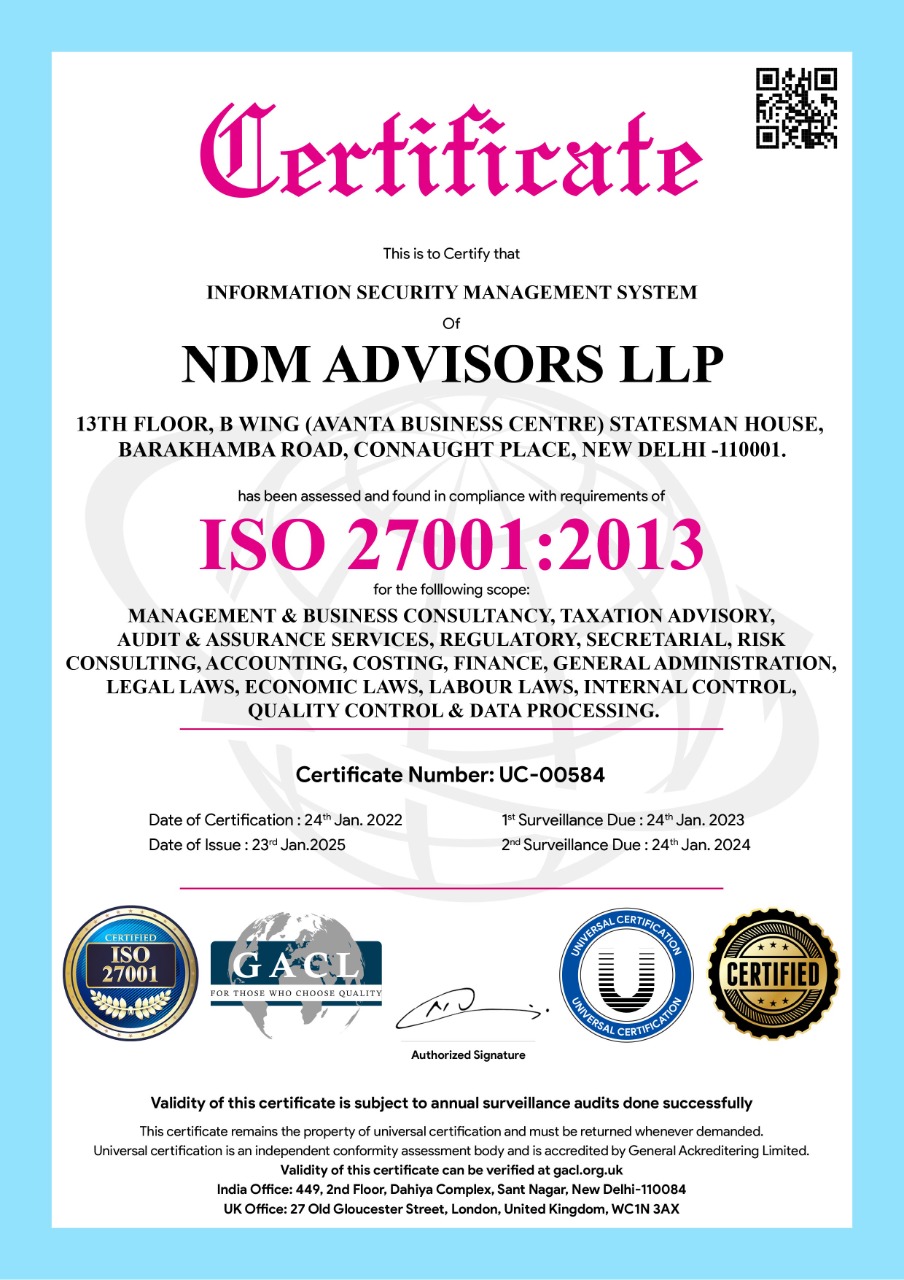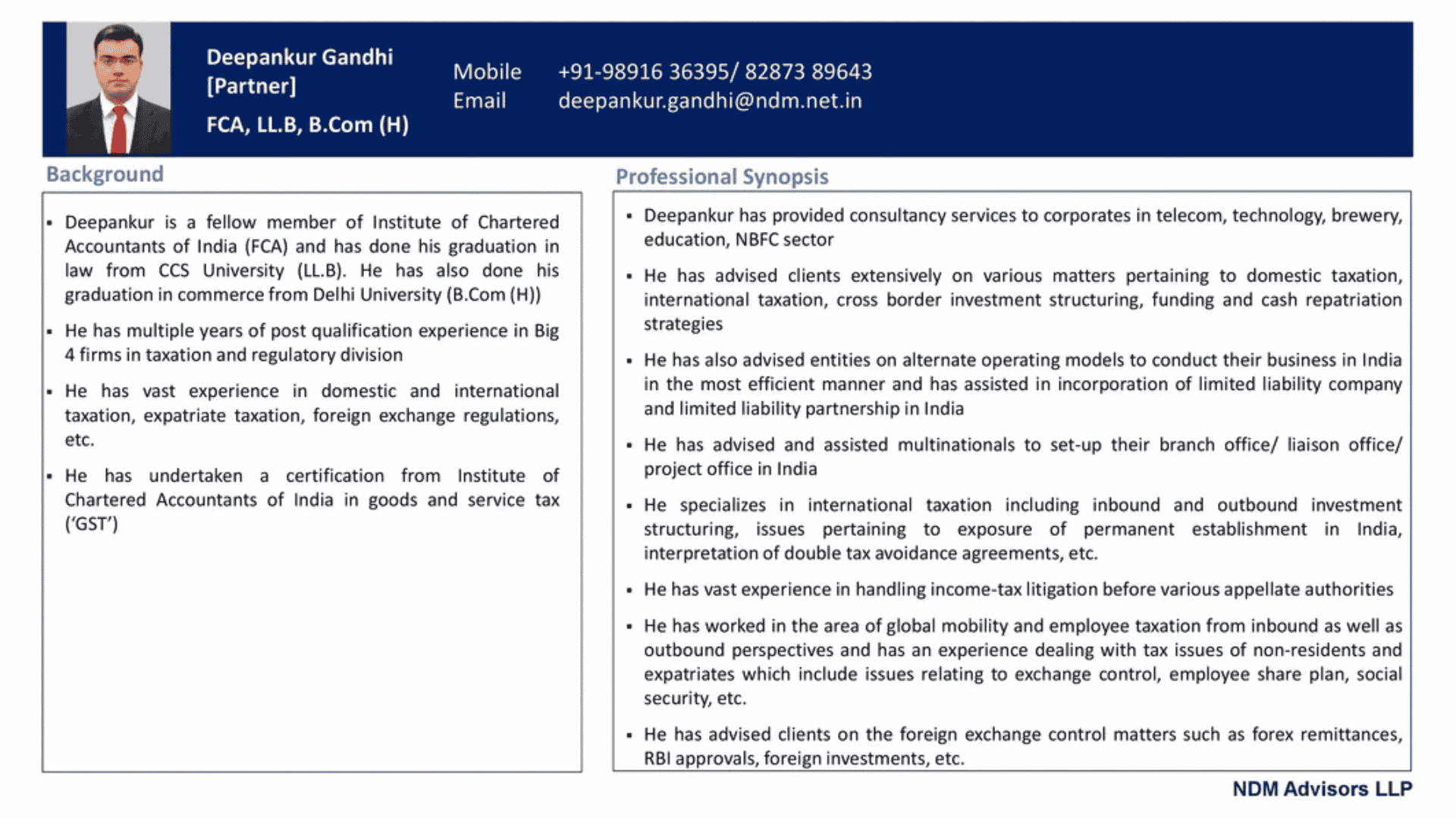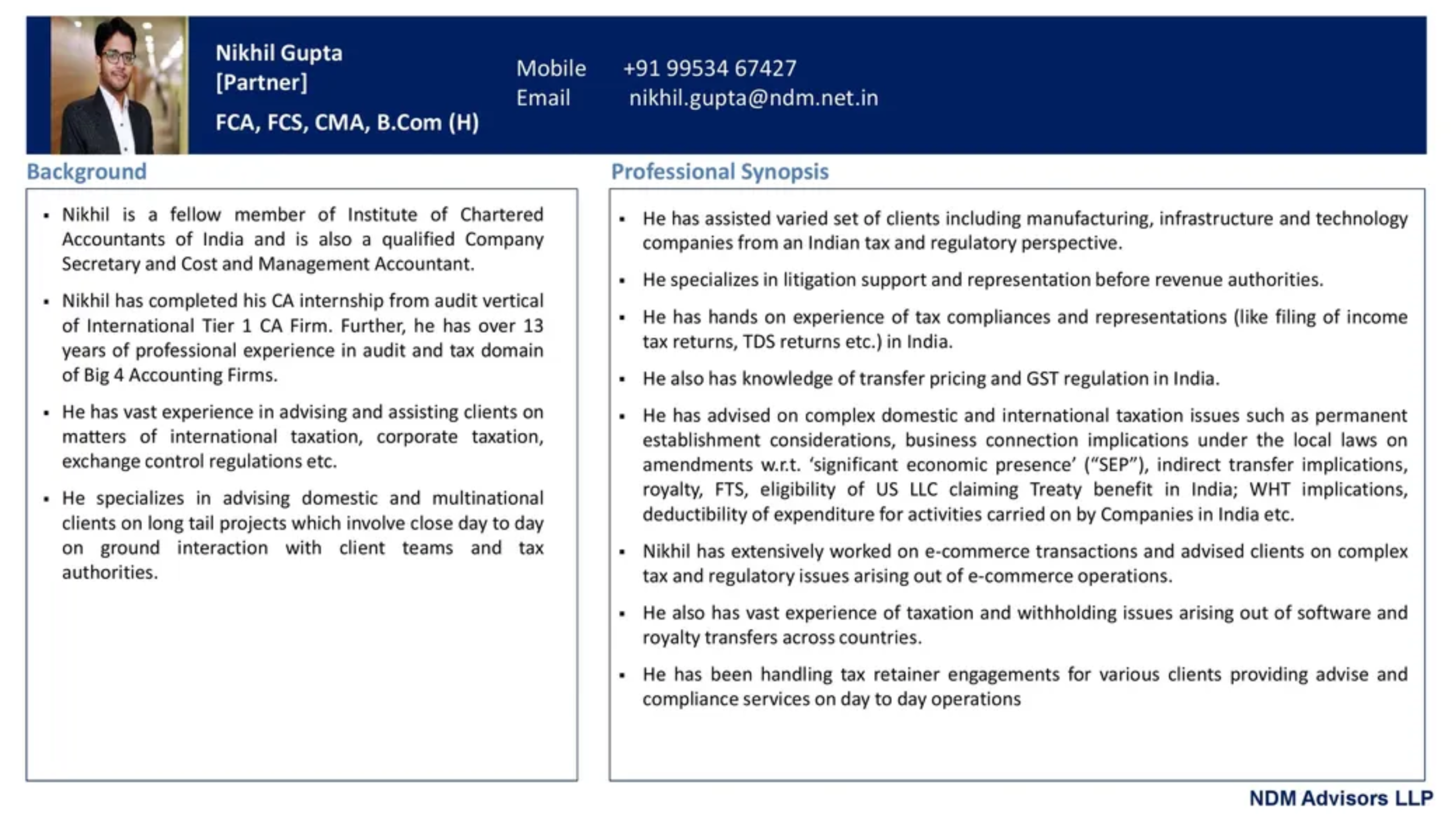Transition to E-invoicing

Introduction
In order to fix tax leakages, Indian government had made it mandatory for businesses with turnover exceeding INR 10 Crores to follow e-invoicing regime. E-invoicing would also assist regulators track the fake invoices and tackle tax frauds. While e-invoicing has become a reality, businesses need to align their finance operations to be able to embrace the challenges posed by e-invoicing… (read more)
Simply stating, ‘E-Invoicing’ or ‘electronic invoicing’ is a system in which B2B invoices and a few other documents are authenticated electronically by GSTN for further use on the common GST portal. In its 35th meeting, the GST Council decided to implement a system of e-Invoicing, covering specific categories of persons, mostly large enterprises. Later on, it has been expanded to cover mid-sized businesses and small businesses as well.

E-invoicing transition in India has been done in a phased manner by regulators. In the first phase, companies with turnover higher than INR 500 crores had to issue e-invoices from 1st October 2020. In the second phase, companies with turnover greater than INR 100 crores had to issue e-invoices from 1st January 2021. In the third phase, companies with turnover higher than INR 50 crores must issue e-invoices from 1st April 2021. In the fourth phase, the government mandated that companies with a turnover of more than INR 20 crores to issue e-invoices from 1st April 2022. In the fifth phase, the system applies to those businesses with a turnover of more than INR 10 crores to begin e-invoice generation from 1st October 2022.

E-Invoicing does not imply the generation of invoices on the GST portal but it means submitting an already generated standard invoice on a common e invoice portal. Thus, it automates multi-purpose reporting with a one-time input of invoice details. The CBIC notified a set of common portals to prepare e invoice via Notification No.69/2019 – Central Tax. Under the electronic invoicing system, an identification number will be issued against every invoice by the Invoice Registration Portal (IRP), managed by the GST Network (GSTN). The National Informatics Centre launched the first IRP at einvoice1.gst.gov.in.
All invoice information get transferred from this portal to both the GST portal and the e-way bill portal in real-time. Therefore, it eliminates the need for manual data entry while filing GSTR-1 returns and generation of part-A of the e-way bills, as the information is passed directly by the IRP to the GST portal. e-Invoice must primarily adhere to the GST invoicing rules. Apart from this, it should also accommodate the invoicing system or policies followed by each industry or sector in India. Certain information is made mandatory, whereas the rest of it is optional for businesses. Many fields are also made optional, and users can choose to fill up relevant fields only. It has also described every field along with the sample inputs for the interested users. One can see that certain required fields from the e-way bill format are included now in the e-invoice, such as the sub-supply type.

How can e-invoicing curb tax evasion?
- It will help in curbing tax evasion in the following ways-
- Tax authorities will have access to transactions as they take place in real-time since the e-invoice will have to be compulsorily generated through the GST portal.
- There will be less scope for manipulating invoices since the invoice gets generated before carrying out a transaction.
- It will reduce the chances of fake GST invoices, and only genuine input tax credit can be claimed as all invoices need to be generated through the GST portal. Since the input credit can be matched with output tax details, it becomes easier for GSTN to track fake tax credit claims.
In case of queries, drop us a line on communications@ndm.net.in
Have Any Question?
Send us a message and tell us more about your business and financial goals. We will get back to you soon to schedule a consultation.
- +91 9873210394
- Communications@ndm.net.in


















